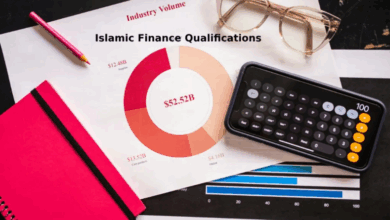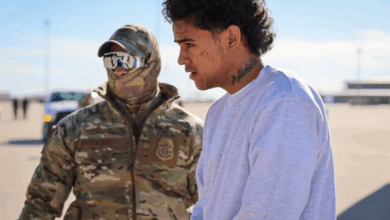Millions at Risk as U.S. Aid Cuts Leave Water Projects Half-Built
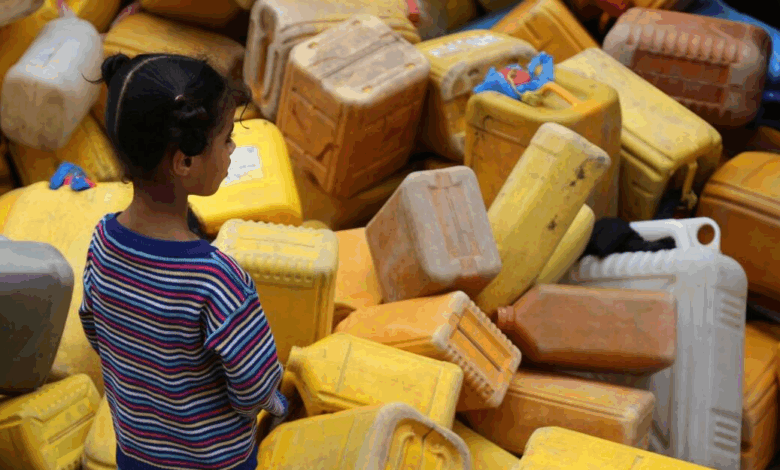
A Reuters investigation found 21 incomplete schemes that once promised clean water, reliable sanitation and flood protection to millions; health officials warn the interruption may fuel disease outbreaks and undermine regional stability.
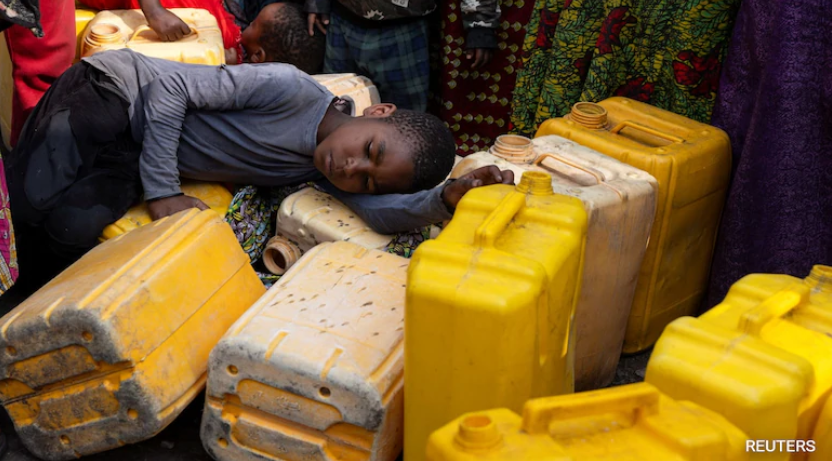
Since January 2025, Washington has cancelled hundreds of millions of dollars earmarked for water infrastructure, halting work in Mali, Nepal, Lebanon, Kenya and elsewhere. In Mali, water towers intended for schools and clinics now stand empty; in Nepal, over 100 village water systems remain uncompleted with 6,500 bags of cement abandoned on site.
Global context underscores the stakes. According to the WHO/UNICEF Joint Monitoring Programme, 2.2 billion people lack safely managed drinking water and 3.5 billion lack safely managed sanitation—conditions linked to 829,000 diarrheal deaths annually among children under five.
In Kenya’s Taita Taveta, unfinished canal walls threaten to collapse under seasonal rains. Meanwhile, in eastern Democratic Republic of Congo, derelict USAID water kiosks have become children’s playgrounds, and families report violent attacks during water collection after the aid freeze.
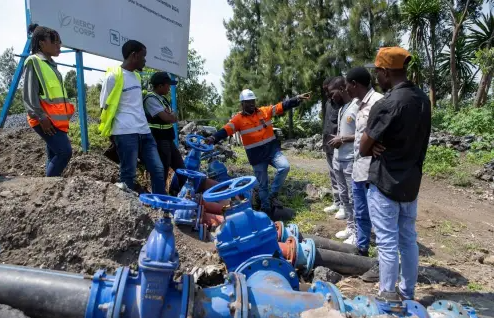
U.S. officials argue that foreign-aid cuts prioritize domestic needs, contending previous USAID activities exceeded core missions by funding non-infrastructure programs. Critics warn abrupt halts in essential services may cost more in humanitarian terms: a 2024 Lancet study projected that global aid rollbacks could cause 14 million additional deaths by 2030, largely from preventable waterborne diseases.
The Organization for Economic Cooperation and Development forecasts a 9–17% drop in global net official development assistance in 2025, on top of a 9% decline in 2024, raising fears that more communities will be left with half-built wells, open ditches and mounting public-health threats.





